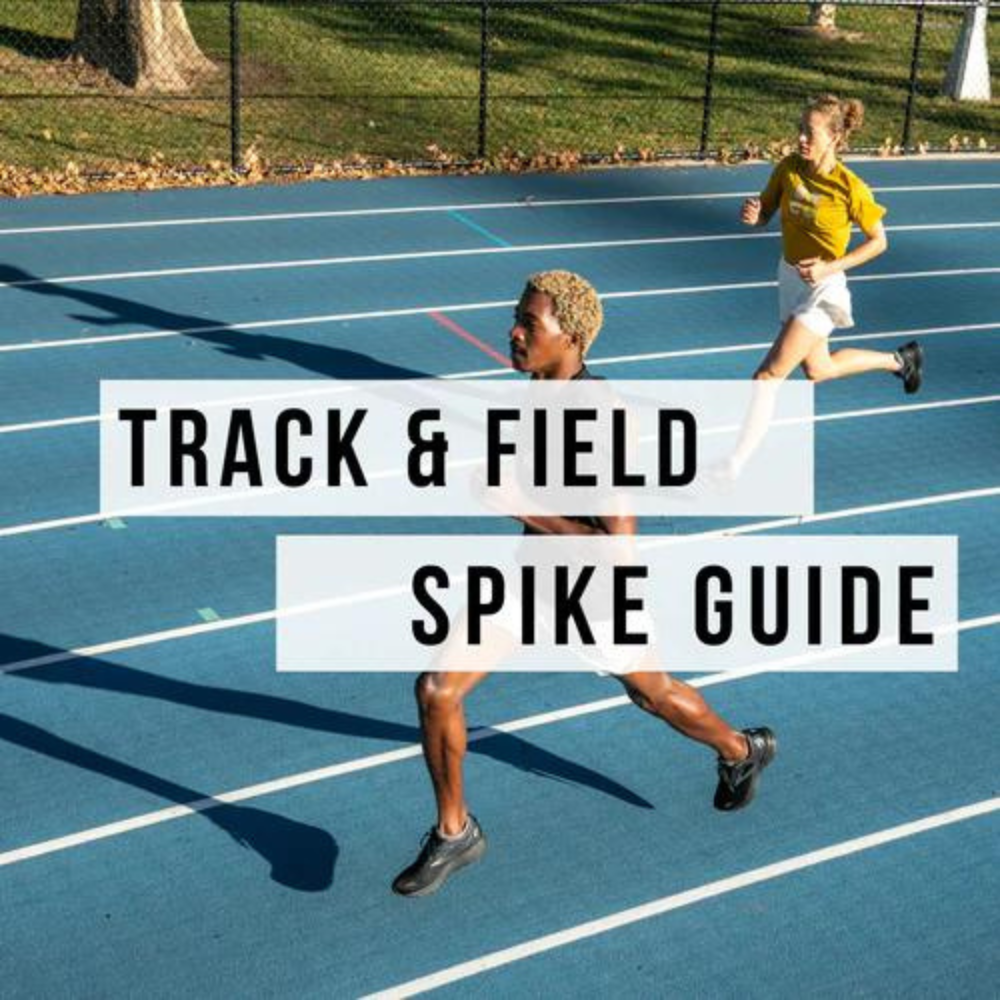How to be a Better Runner

Your running form is probably one the most important things you can focus on when looking to improve your running performance. Having good running form will prevent injuries, prevent soreness, and make you faster. I am going to touch on 5 things that will improve your running economy.
Let's talk about "breaking"
Also referred to as over striding. This is when your stride length is too long- the foot reaches out past your midline, out in front of your center of gravity.

Breaking ultimately slows you down, it’s like driving with the parking brake on.
When you reach your heel out in front of you you're applying opposing force backwards, which you then have to counteract that force to go into the next gait cycle.
All of this takes a lot of energy, and any energy not spent moving forward, is energy wasted.
This also puts a ton of strain on all of the joints up the chain. Your knees take a huge blow, it can push your hips up, the lower back has to brace itself for that kind of impact.
Vertical Oscillation
VO is when there is too much up and down movement. Also referred to as bounding. Studies have shown that there is a much higher metabolic cost in runners who have a large vertical displacement, than those who do not.
Again we have to use energy, and unnecessary amounts to push our bodies upwards, brace ourselves to absorb that extra impact.
When running, we should pretend there is a low ceiling right above our heads and we don’t want to be bouncing up and down and hitting our head on the ceiling.
Stand up straight! Well, sort of...
Let talk about posture. I will just run through a head to toe guide as to what you should be doing when running.
Starting at the head, neck, and shoulders. We should have our head looking straight forward. Looking down can cause hunching, or rolling the shoulder forward which can decrease lung expansion, and looking upwards could do the same thing or cause you to be slightly leaning backwards and then having to drag your upper body weight behind you.
The shoulders should be loose, relaxed, and in a neutral position. Not hunched forward, and tensed up towards your ears.
The arms should be bent at a 90 degree angle right at your sides, and stay at your sides throughout the arm swing, again relaxed, not tensed up.
For your hands, you can pretend you're holding a butterfly in your hands, fingertips touching, not clenched.
Moving down to the torso area, the hips should be placed right under your shoulders, and not tilted in either direction. Think about your hips as a bucket of water, you don't want to spill the bucket of water, and a common form fault is to anteriorly rotate the hips, if you do this the bucket of water will spill. When we tilt the hips forward this makes it hard for the glutes to be the main driver of your gait cycle, and puts a lot of that strain in the lower back and other weaker muscles that don’t have the same muscle mass, and capacity of the glute muscles.
The knees should be slightly bent when the foot makes contact with the ground, this goes back to the over striding, we don’t want the knees reaching out in a locked position.
The feet are the most controversial in terms of what people think they should be doing while you’re running. But for most people you want the feet dorsiflexed, and to land under your center of gravity.
What you can do to fix the above issues...
Most of these things can be fixed by doing a few of the same practices. Killing a few birds with one stone.
First thing is to have a solid warm up routine that activates your glute muscles, takes you through the full range of motion, and creates a mind muscle connection to the correct movements.
I would start with foam rolling, and lightly stretching the foot and achilles tendon.
Then do some glute focused activation, to create that neuromuscular pathway initiating the glutes to be active during your run. Then some form drills to once again get your body to feel what correct running biomechanics feel like, then hopefully when you start running, it automatically happens.
Since over striding is something that so many runners do, I’ll go through a few things you can do to directly combat that issue.
First and foremost you need to increase your cadence. Take more, short quick steps. Doing hill sprint workouts is helpful because it’s very difficult if not impossible to overstride running up hill. The next thing is to set a metronome to 180 and practice running at that frequency.
Increasing your cadence is something you will have to work on and remind yourself of throughout your run, do a head to toe check periodically and fix any bad mechanics that you've slipped into whether that be from fatigue, or just not paying attention.
Weight lifting, especially single leg movements, is very important to multiple aspects of running, not just your form, it also has benefits in terms of building speed and endurance. But from a body mechanics stance weight lifting and strengthening the glutes, various hip muscles, core, back ex will help you to have a stable gait cycle (no hip drop), you will further engrain the mind muscle connection, and have a better sense of when you are using the correct muscles.




Comments